Blechnum L.
swamp fern, marsh fern, toothed midsorus fern
Blechnaceae
Acrostichum, Bolbitis, Crepidomanes
Blechnum indicum is native to Southeast Asia extending south to Australia.
B. serrulatum is native to Florida (United States), Central and South America.
Blechnum indicum Burm.f.
B. serrulatum Rich.
none
not weedy
amphibiousamphibious:
(adj) of a plant able to live on land or in water
, rhizomatousrhizomatous:
(adj) possessing rhizomes
fern
Rhizomes horizontal to apically erect, stout, branched, densely scaly. Fronds erect to arching; stipestipe:
(n) stalk supporting leaf or leaf-like organ
stramineousstramineous:
(adj) straw-like in color or texture
and glabrousglabrous:
(adj) without hairs or scales
above, base dark with scales, lanceolatelanceolate:
(adj) lance-shaped; widest point below the middle, tapering to the apex
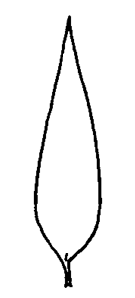 , acuminateacuminate:
, acuminateacuminate:
(adj) tapering gradually to a point and forming more or less concave sides
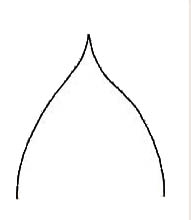 , reddish-brown. Leaf bladeblade:
, reddish-brown. Leaf bladeblade:
(n) (syn. lamina) the flat, expanded part of a leaf, frond, or petal (excluding, e.g., the petiole)
 compoundcompound:
compoundcompound:
(adj) with two or more like parts, as in a compound leaf; divided into two or more subsidiary parts or orders, as in a compound inflorescence
(imparipinnateimparipinnate:
(n) a pinnate leaf in which all leaflets are paired and a terminal leaflet is present
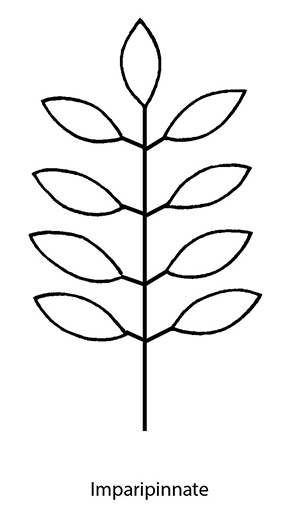 ); apexapex:
); apexapex:
(n) the point farthest from the point of attachment; the tip (often pointed)
acuteacute:
(adj) tapering to a sharp, pointed apex with more or less straight sides; broader than acuminate; forming an angle of less than 90 degrees ; base truncatetruncate:
; base truncatetruncate:
(adj) terminating abruptly, as if cut straight across
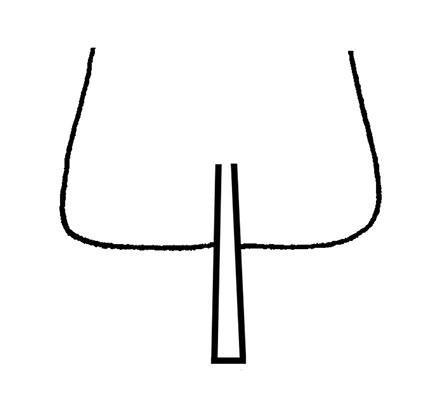 . Pinnaepinna:
. Pinnaepinna:
(n) one of the primary divisions or leaflets in a compound leaf or frond
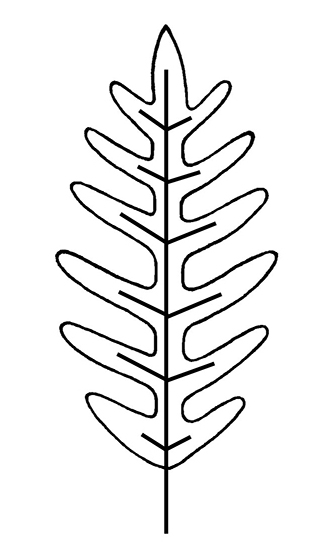 sessile to shortly stalked; ± oppositeopposite:
sessile to shortly stalked; ± oppositeopposite:
(adj) (of leaves) two leaves per node; in pairs on opposite sides of an axis
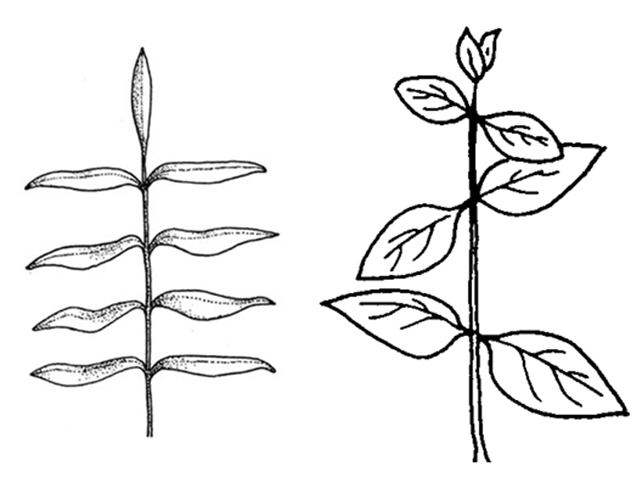 ; linear; apexapex:
; linear; apexapex:
(n) the point farthest from the point of attachment; the tip (often pointed)
tapering, acuteacute:
(adj) tapering to a sharp, pointed apex with more or less straight sides; broader than acuminate; forming an angle of less than 90 degrees to acuminateacuminate:
to acuminateacuminate:
(adj) tapering gradually to a point and forming more or less concave sides
 ; base truncatetruncate:
; base truncatetruncate:
(adj) terminating abruptly, as if cut straight across
 to cordatecordate:
to cordatecordate:
(adj) heart-shaped; in the form of two rounded lobes
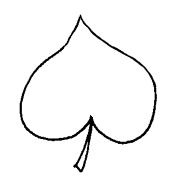 ; marginmargin:
; marginmargin:
(n) edge; rim
serrulateserrulate:
(adj) minutely serrate
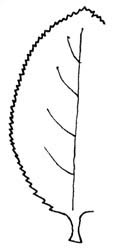 ; venationvenation:
; venationvenation:
(n) the arrangement of veins in a leaf
appearing pinnatepinnate:
(adj) in the form of a feather; of, e.g., leaflets, lobes, or veins: arranged in two rows along an axis
, closely spaced, fine; costaecosta:
(n) midvein of leaf or pinna or rachis of pinnately compound leaf
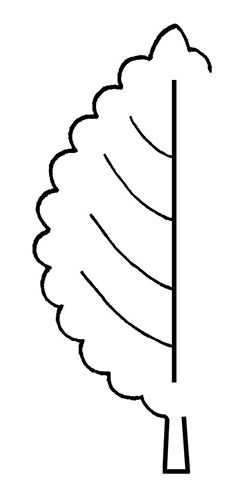 with small scales, triangular or irregularly shaped, almost transparent.
with small scales, triangular or irregularly shaped, almost transparent.
swamps, marshes, wet prairies, areas subject to periodic inundation
A genus of nearly 150 species; here we focus on the amphibiousamphibious:
(adj) of a plant able to live on land or in water
species Blechnum indicum and B. serrulatum. There is some disagreement as to whether or not B. indicum and B. serrulatum are separate species, as they can be difficult to distinguish due to very similar morphological characteristics, which could be regarded as variation within a single species (Rolleri et al, 2010).
Blechnum serrulatum has broader, more oblongoblong:
(adj) two to four times longer than wide, with +/- parallel sides
 pinnaepinna:
pinnaepinna:
(n) one of the primary divisions or leaflets in a compound leaf or frond
 that do not taper evenly; the costal scales are slightly larger and paler than those of B. indicum, which are very small and reddish brown; the venationvenation:
that do not taper evenly; the costal scales are slightly larger and paler than those of B. indicum, which are very small and reddish brown; the venationvenation:
(n) the arrangement of veins in a leaf
of B. serrulatum is abaxially indistinct, while the venationvenation:
(n) the arrangement of veins in a leaf
of B. indicum is distinct on both surfaces (Chambers and Farrant, 2001). Additionally, recent molecular phylogenetic studies may lead to the taxonomic revision of Blechnum in the near future (Perrie et al, 2014).